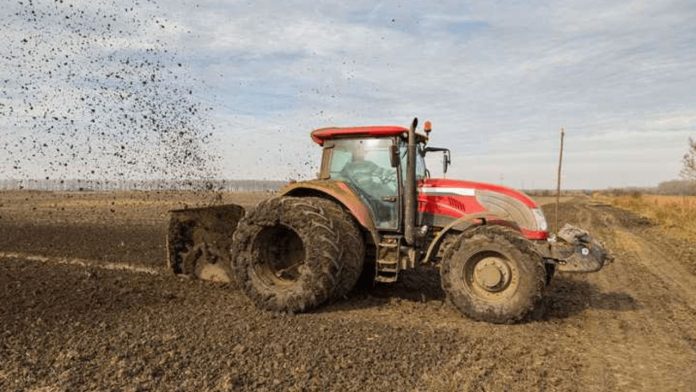Wear components that are frequently seen on forestry machinery, including mowers and mulchers, including teeth. A mulching rotor’s attachments, known as bits or inserts, have teeth on them. Effective vegetation shredding is their intended use.
Hammer blades for flail mowers are comparable in function to more efficiently cut through and shred plants. Typically, flail mower hammers and mulcher teeth play a major role in Equipment for flail mowing and mulching field clearing, plant life control, and agricultural packaging.
Equipment for flail mowing and mulching can efficiently shred materials like tree limbs, grass, and crop leftovers into mulch thanks to their wear-resistant parts. For more up-to-date information about flail mower hammers and mulcher teeth, click to visit the JYF online store. The quality of the fabric of the mulcher and flail mower hammers teeth, can have a big impact on how effective the mulching process is.
Why Are Mulcher Teeth And A Flail Mower Hammer Forged?
Forging is a typical and commonly used process when making worn parts, such as the teeth on mulchers and the hammers on flail mowers. There are many advantages when forging is used to make components for forestry wear. Capable of producing goods that are more durable and long-lasting.
The alignment of the metal’s grain structure during the forging process increases its toughness. Therefore, forged parts are capable of handling the demanding circumstances associated with clearing land and controlling vegetation. It is possible to forge pieces with a constant grain structure and density.
This is crucial for worn elements that, to function properly, must perfectly match with other parts of the machinery, such as flail mower hammers and mulcher teeth. Wear parts that are specially sized and shaped to meet the requirements of various field clearing jobs can be created and produced using forging.
Maintenance Tips to Increase the Lifespan of Flail Mower Hammer and Mulcher Teeth
The effectiveness of the instruments, hammers, or teeth-cutting on the mulching machinery strongly depends on them. Follow these guidelines and best practices to guarantee optimal performance, prolong their useful life, and avoid prohibitively high replacement costs.
Inspect the Components after Use
Always remember to check your mulcher teeth or flail mower hammer blades for damage after striking a hard object, such as pebbles or boulders. Every 50 working hours is the ideal time to check how tightly your hammer bolts are fastened. This is due to the possibility that teeth that are crooked or loose could permanently harm the rotors, leading to bigger, more expensive problems.
Regular Sharpening Of Blades
You must regularly check the teeth of your mulching equipment to ensure that it is operating at peak efficiency. When replacing worn-out teeth as they deteriorate, if you are using carbide-tipped or carbide replacement teeth, no sharpening is required.
Reversible blades enable users to alternate cutting in comparison to daily inspection of which is necessary to maintain superior cutting performance for Hardened steel mulching heads, or mulchers with hardened steel blades.
Do Not Combine Old and New Parts
We advise only using new teeth that are somewhat worn and have a comparable form and weight to those already in your set whenever you need to repair damaged or broken hammers or teeth. Combining outdated components with brand-new ones could result in rotor imbalance and higher wear, which would be bad for the efficiency of mulching or mowing. To save downtime, it is wise to keep used sets on hand.
Sum Up
Utilizing top-notch is essential for the success of your operation. By paying attention to elements like the type of teeth you use, their compatibility, durability, application, and maintenance, you can boost your efficiency during vegetation control and land clearing operations.











